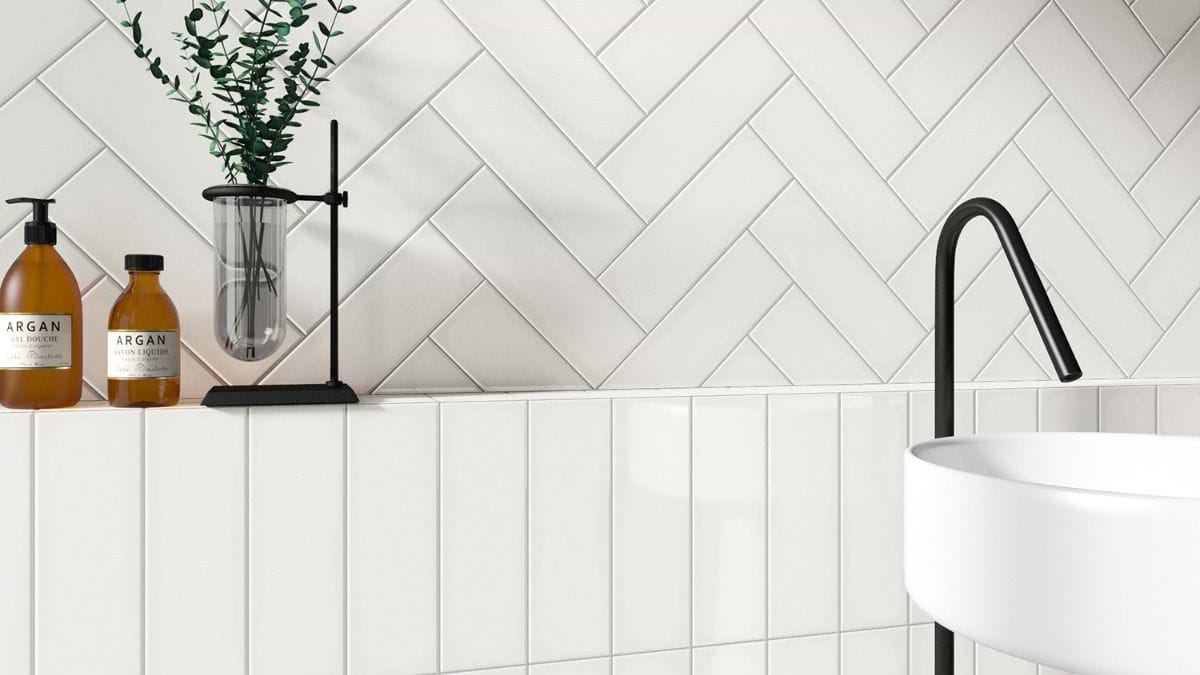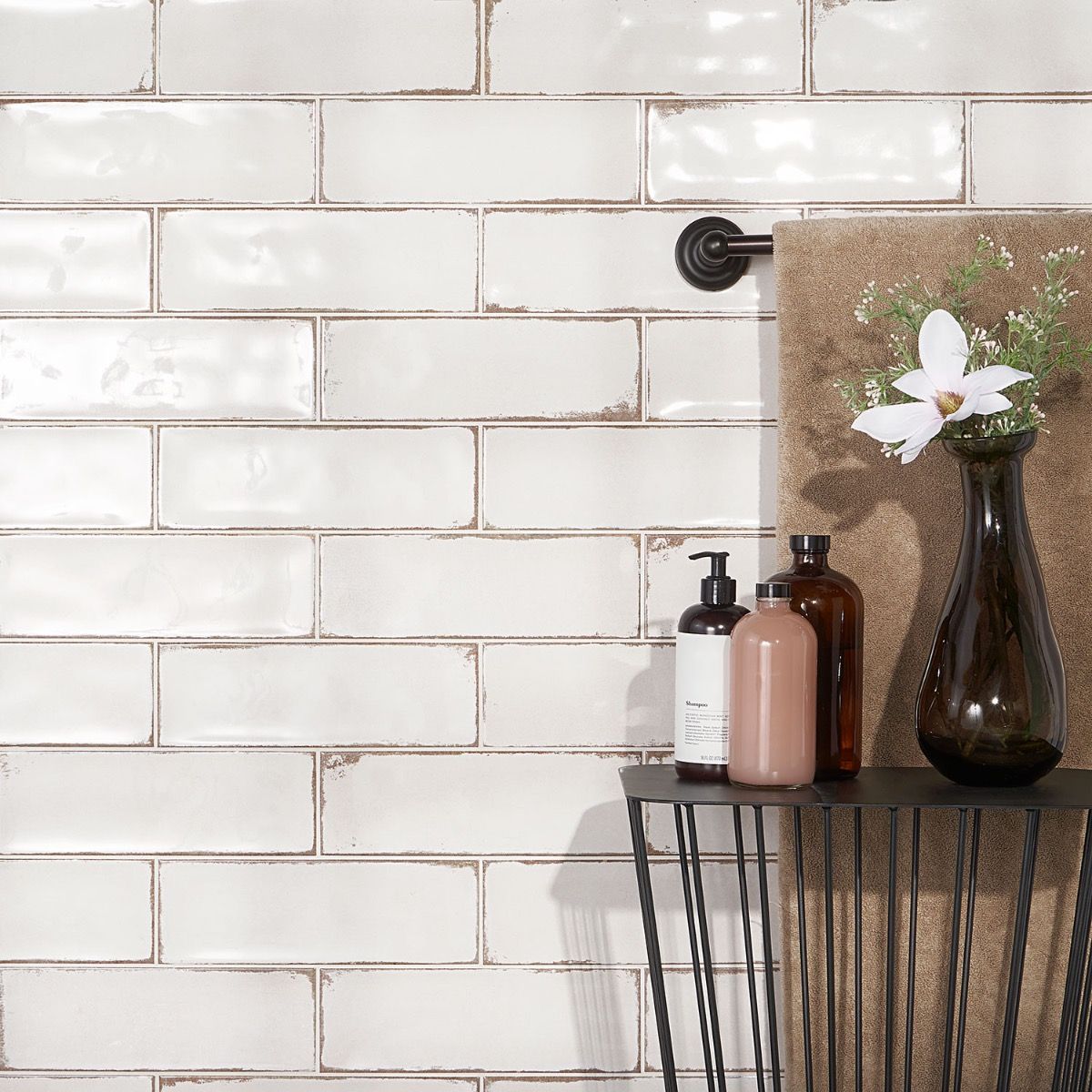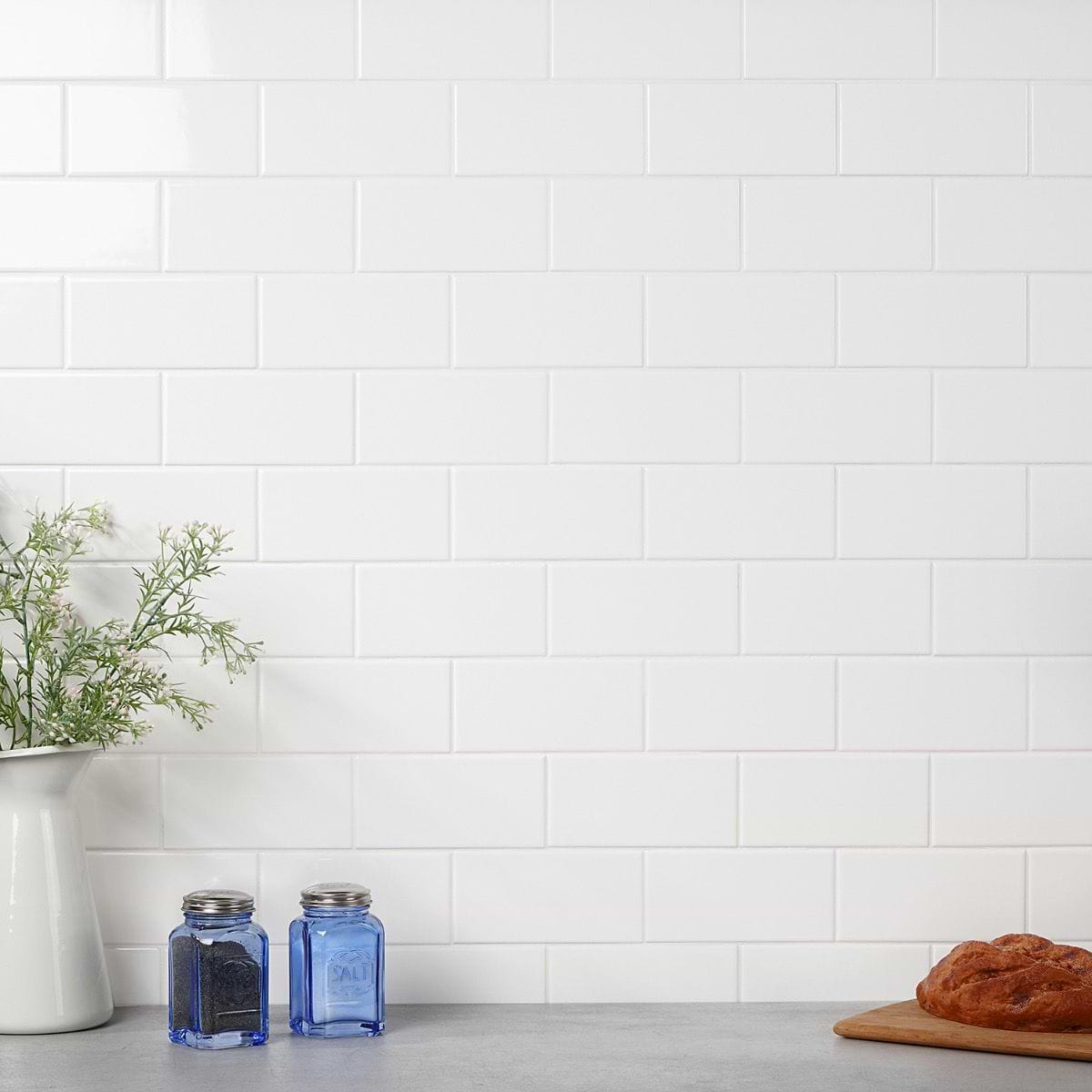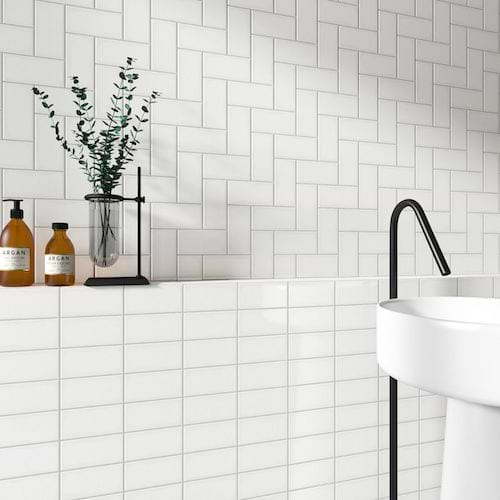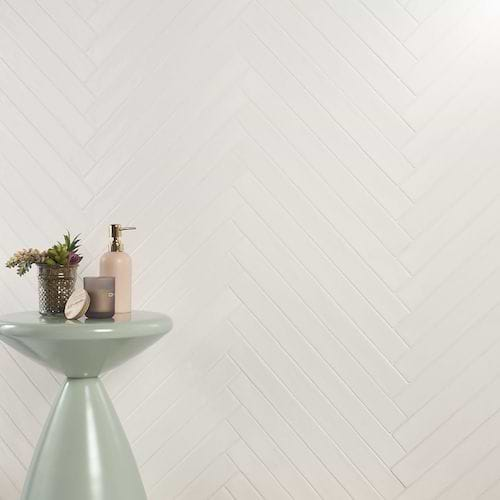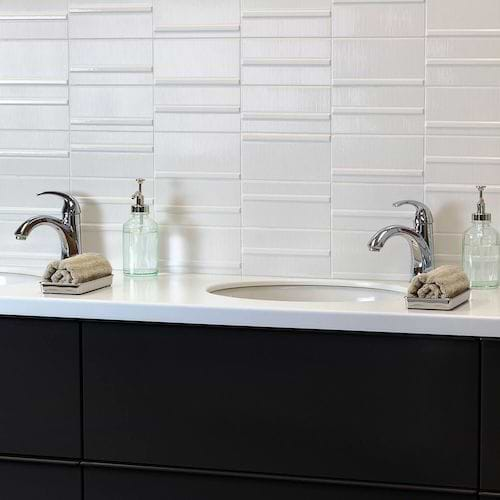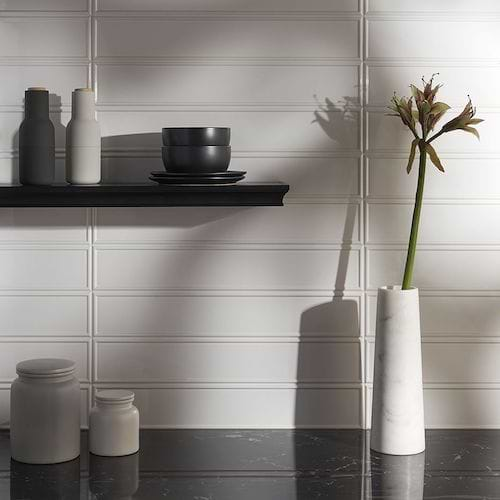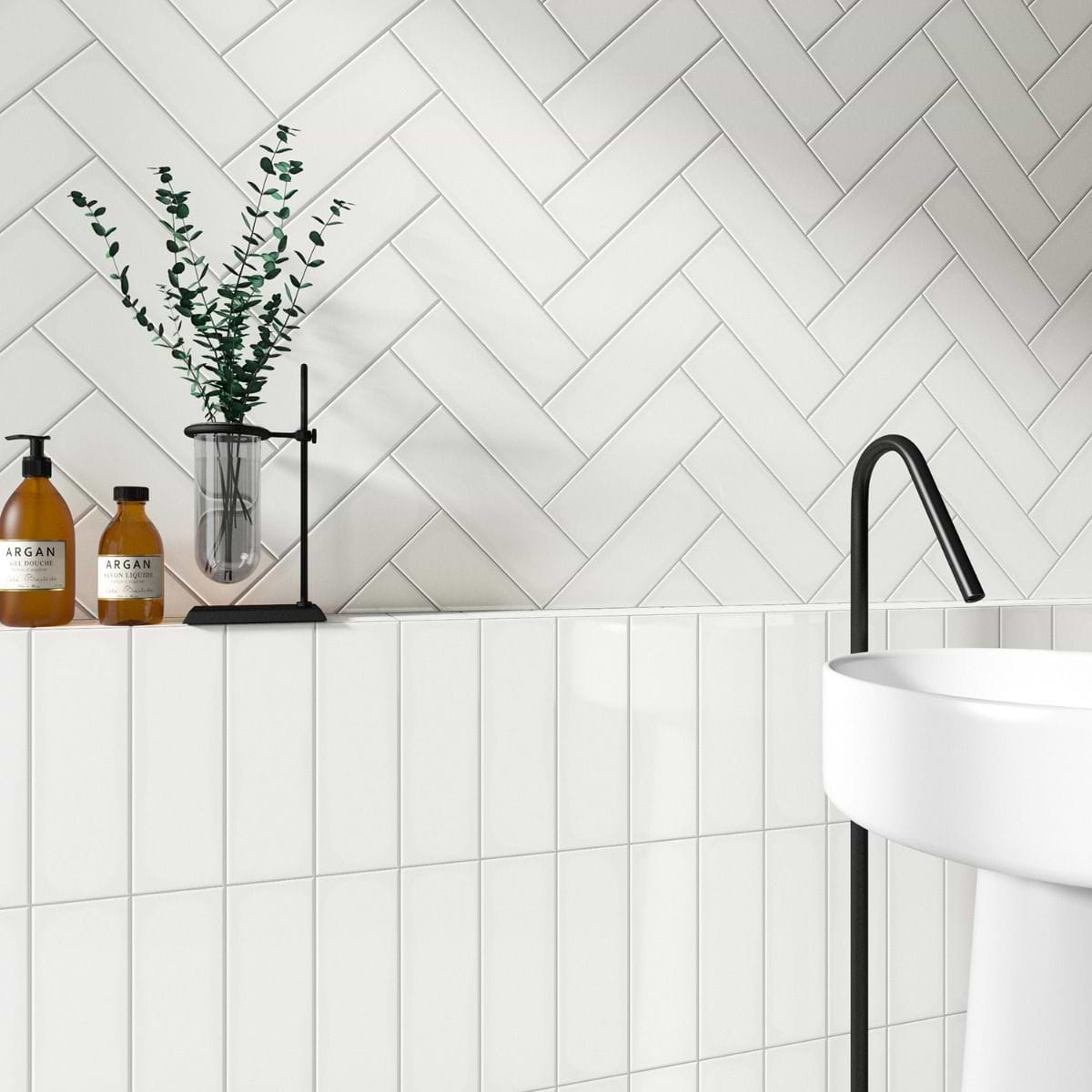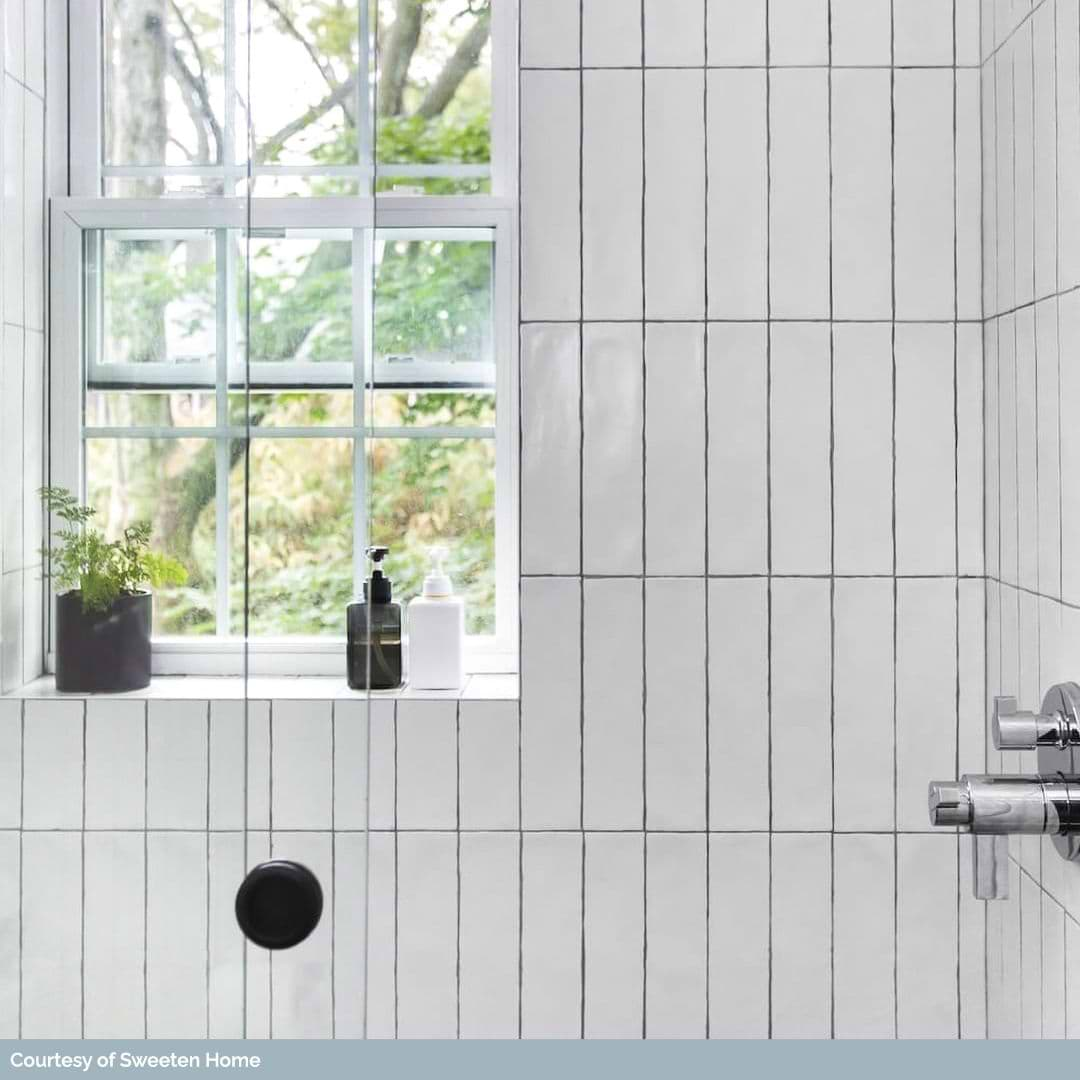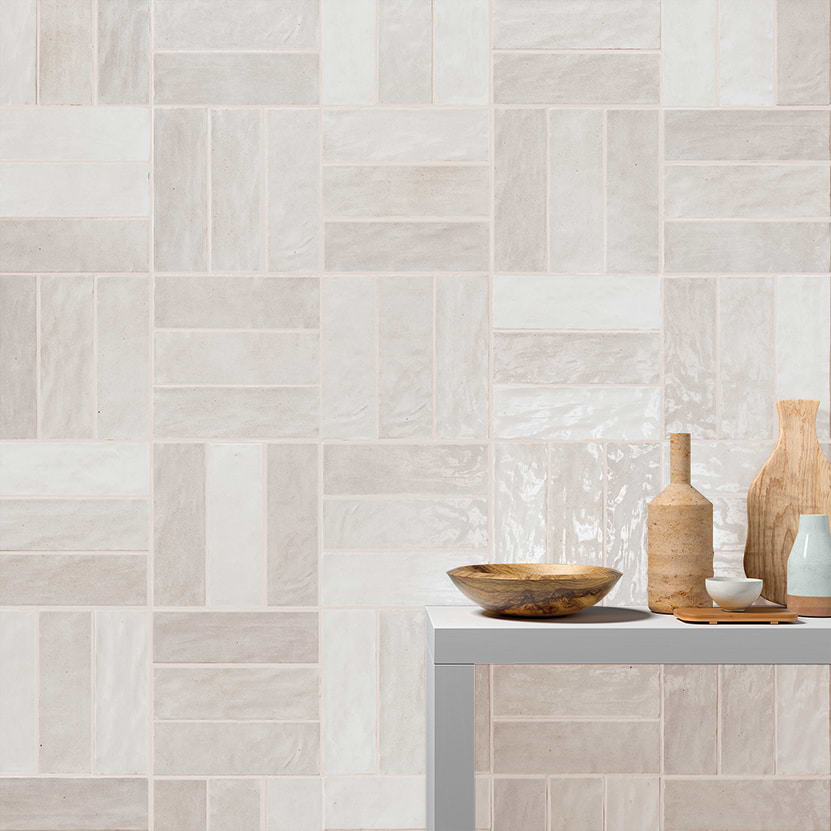After a century of covering NYC subway stations, white subway tile, this clean, durable, and affordable tile has become a Pinterest-worthy design staple for kitchens, bathrooms, and showers everywhere. The magic of this classic design lies in its simplicity. With elegantly rectangular proportions, crisp white color, and the perfect size to fit into almost any space, these versatile tiles are the go-anywhere and goes-with-anything building block of the design world.
White subway tile is always a popular choice for home décor but now the classic format also has a variety of new versions and iterations – different sizes, a range of materials such as marble and glass, and many different finishes, from high gloss to matte. But there is one easy way to tweak the classic without going too far and keeping the simple color to anchor your space – playing with patterns.
Whether you want to tile a bathroom or revamp your kitchen backsplash, a classic subway tile offers countless possibilities and compositions. Let’s explore some of the ways you can play with white subway tile to create a creative layout in your bathroom, kitchen backsplash, bar backsplash, and more.
Classic Subway Pattern
In the most classic subway tile layout, the tiles are staggered like bricks in a 50/50 offset, creating a symmetrical yet dynamic composition. This widely popular subway tile pattern is always in fashion for kitchen tile backsplashes, showers, bathroom walls, and bathroom wainscoating. This go-to pattern creates a timeless look with an urban flair, providing a simple and effective design.
TileBar Tip: Even if you are going with the traditional subway layout, you can still have a bit of fun. Try using a unique surface finish, a subtle pattern, or even switch up the grout color to mix it up and add a unique focal point to your overall design.
Herringbone Pattern
Timeless, elegant, and fun, the herringbone pattern has long been used to jazz up standard rectangular tile and is making its latest mark with white subway tile. The herringbone pattern is made up of rectangular tiles that meet at a 90-degree angle, creating a straight edge that forms either a “zigzag” pattern or a “step ladder” pattern. The result creates dynamic movement, creating an eye-catching design.
The most common way of laying out a herringbone pattern is at a 45-degree angle to the floor, to create a horizontal “zigzag” pattern. However, laying it out vertically or at a 90-degree angle offers a fresh twist on this classic. In addition, you don’t have to stick to the classic brick format to create a herringbone pattern – any rectangular tile will due. Elongated subway tiles create a uniquely elegant design, breaking away from the traditional subway size while still taking advantage of its versatility. A great option for this is the Carolina Tile.
Stacked horizontal
If you’re looking for a clean, symmetrical composition, a stacked horizontal pattern might be the right choice for you. Similar to a grid layout, this pattern stacks the tile in rows and columns, creating straight continuous lines across the composition both horizontally and vertically.
The stacked horizontal composition has some architectural benefits as well. Thanks to the elongated horizontal shape of the rectangle, it can help create the illusion of a wider space. By using this modern pattern in small bathrooms, showers, and backsplashes, this layout will not only add a fresh twist on a traditional pattern but will also help visually expand the space itself.
Vertical Layout
Simple but effective, a vertical layout, stacked or staggered, is a modern and playful way to layout subway tile. While most tiling compositions emphasize horizontal lines and layouts, this unique pattern breaks the mold. To create the pattern, simply stack the tile in a grid or an offset with the longer side parallel to the wall instead of the floor. The result is clean while adding a fun and surprising twist to the overall design.
TileBar Tip: A vertically stacked or staggered composition is especially recommended for spaces with relatively low ceilings. The vertical lines will elongate the space, creating the illusion of a higher ceiling, especially when used in bathrooms or showers.
Basketweave Pattern
Slightly more intricate than the other patterns, a basketweave pattern is created with interlocking tiles that mimic a woven pattern. While basketweave is a repeating pattern, the combination of vertical and horizontal lines creates a seemingly irregular design, resulting in an eye-catching and dynamic visual.
With subway tile, it is easier to create a double or triple basketweave, using multiples of vertical and horizontal tiles, making it easy to plan and install. The trick is to stack tiles to create a block-like effect and then install blocks with a quarter-turn pattern (as shown below).
